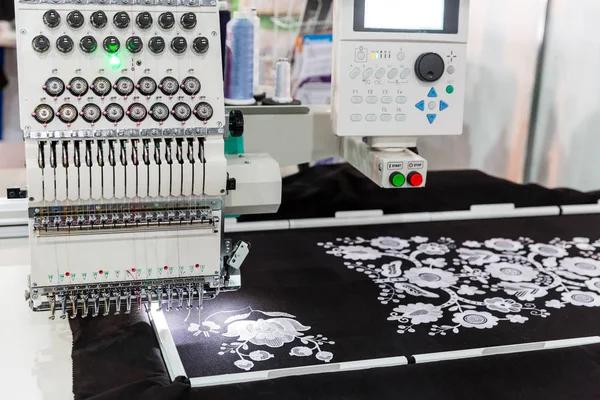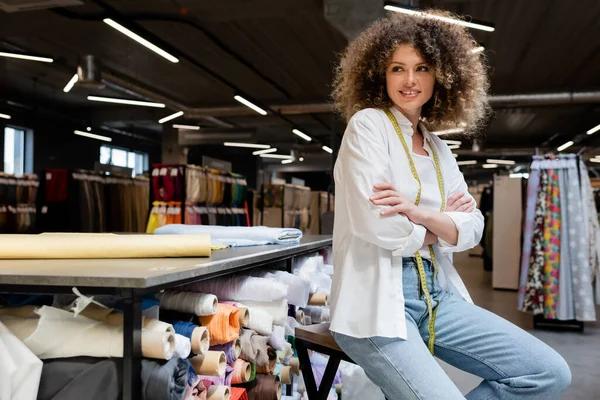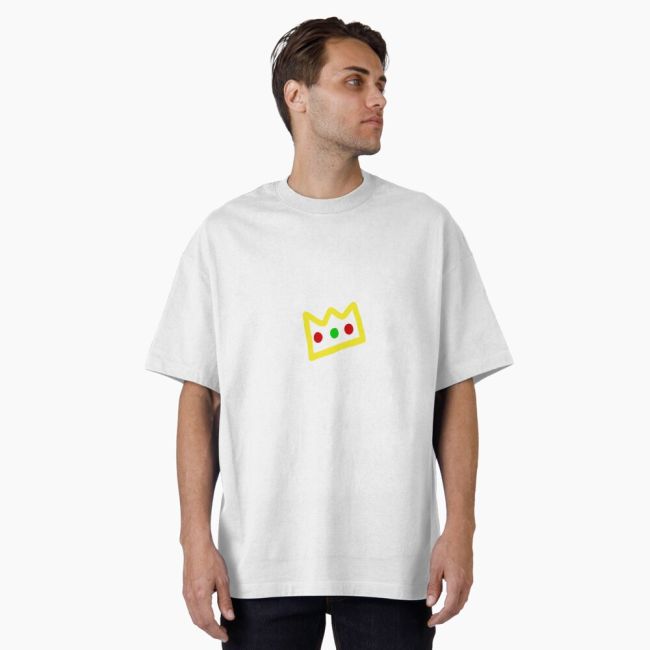
Traditional weaving is an art that has been passed down through generations. chehalisrent.com It’s a craft steeped in tradition and cultural significance, often reflecting the heritage of various communities around the world. In recent years, there has been a resurgence of interest in this ancient craft among fashion students. This renewed fascination with traditional weaving techniques is influencing octotechs.com not only their designs but also their understanding and appreciation of cultural heritage.
The influence is particularly profound as it provides fashion students with a deeper understanding of textiles’ intricate nature. Traditional weaving classes expose them to different materials like wool, cotton, silk or even synthetic fibers which they manipulate to create unique patterns and textures. They learn how thebodybabes.com each material behaves differently and how to work with them to achieve desired effects.
Moreover, these classes allow students to explore numerous weaving techniques from various cultures worldwide—each one offering distinct styles and patterns that can be incorporated into contemporary fashion design. For instance, learning about Navajo weaving could inspire geometric patterns while studying Japanese ikat gagtemps.com might lead to an exploration of resist-dye techniques.
Beyond technique and design inspiration, traditional weaving classes have a profound impact on fashion students’ approach towards sustainability—a critical issue in today’s fashion industry. The slow process involved in hand-weaving fosters an appreciation for time-intensive craftsmanship over fast-fashion practices that are harmful to the environment.
These classes often emphasize using natural materials sourced sustainably or recycling old fabrics into new creations—an ethos that resonates strongly with the modern consumer’s growing eco-consciousness. As such, these lessons can inspire future designers to incorporate sustainable practices into nusaplaymax.com their own diginovas.com work—an essential step forward for an industry notorious for its environmental footprint.
Furthermore, by engaging with traditional crafts like weaving, fashion students gain respect for artisans who have preserved these skills throughout history—often women from marginalized communities whose contributions have been overlooked by mainstream narratives. This exposure can motivate them towards more inclusive practices when they enter the professional world—whether it’s collaborating directly with artisans, ensuring fair trade, or simply acknowledging the cultural origins of their designs.
Lastly, traditional weaving classes serve as a reminder for fashion students that fashion is not just about creating beautiful clothes—it’s also about telling stories and preserving identities. Each woven piece carries a narrative within its threads—a narrative of the weaver, their culture, and their thebodyboys.com history. This storytelling aspect can imbue their future creations with depth and meaning beyond aesthetics.
In conclusion, the influence stevenmontez.com of traditional weaving classes on fashion students goes far beyond teaching them new techniques. It shapes them into more thoughtful designers who appreciate craftsmanship, value sustainability, embrace inclusivity and understand the power of narrative in design—qualities that are essential in today’s evolving fashion industry.








